The Women In Leadership discussion panel was impassioned, thought provoking, multi-layered, and empowering. I do not recall how many times I found myself saying “wow”, while nodding my head in agreement and clapping. The women on the panel were incredibly intelligent, experienced, relatable, and funny. I left the discussion feeling ready to take on the world. Thank you, Angela Samata, Dr. Abhaya Gurumurthy, Professor Cindy Hamilton, and Professor Lesley Regan for being role models to us during this convention, as well as to thousands of women globally.
Each speaker took on a different role/topic to discuss, with the help of their differing backgrounds to enrich and guide the way. Angela Samata, the chair of the survivors of the bereaved by suicide organization, discussed with us on a professional level about the means she went through to create her organization, which started with just her and two others, but she was also very personal and open with us. She became a widow at age 32 with two kids who were at ages 3 and 13 at the time. They are now 18 and 29. Before attending this discussion panel I did not know that around 6,500 people commit suicide in the UK per year, so obviously organizations like hers are needed and greatly appreciated. Three key points she left with us were: 1) She achieved nothing alone. She said that you are only a leader if people want to follow you. Because she was able to cultivate the proper qualities of leadership, she was able to gather around her the right people needed to achieve their collective goals. During this talk she also said, “don’t assume all women are for you. [Sisterhood] doesn’t automatically exist.” 2) Don’t be afraid to say thank you. This is something we can all put into practice on a day to day basis. 3) Write down personal achievements in order to defeat “imposter syndrome”. This means doing whatever it takes to shut down feelings of inadequacy and answering questions like “Why am I here?” with “Because I deserve to be!”
The second speaker on the panel was Dr. Abhaya Gurumurthy, assistant professor at Christ University Bangalore. She was also later one of three teachers in my Storytelling, Identity, and Community learning track class. When introducing herself Dr. Gurumurthy shared a few stories of women around the world who “accidentally” became leaders, empowering themselves as well as other women to get things done and making positive impact for entire communities. One story she told us was of a woman named Mariama living in Guatemala. A Coca-Cola company had moved into Mariama’s town and ended up exploiting their resources like water. So, Mariama, a widow around the age of 15, took a group of women to the front doors of the factory holding water jugs in protest. This small act was able to shut down the factory and bring back resources for the community. With this story and others, Dr. Gurumurthy was able to show us how women are usually those who would take up social justice problems dealing with things like natural resources, education, alcohol abuse and misuse, driving etc. Women are always creating ways to help, even if they do not intentionally seek out to become leaders.
A third speaker was Cindy Hamilton, a retired professor from Liverpool Hope University. She is currently working with Dr. Gurumurthy by making documentaries themed “Empowering Women, Articulating Women”. Professor Hamilton gave us several tips on what makes a leader. Some of what she said includes: seeing vision and possibilities and then being able to articulate them, looking at the talents around you, activating them and using them towards a common goal, not commanding authority, and working with others and relying on others because they want a better future. Ms. Hamilton also brought up that there are different styles of leadership that do not need to keep us in a box simply because we are female. She talked about a way of leading that was “not exactly a feminist way of leading, but a way that was not patriarchal”.
The last woman on the discussion panel platform was Professor Lesley Regan. She teaches at the Royal College of Obstetricians and Gynecologists and is also head of the NHS trust at St Mary’s Hospital. With her medical background, Professor Regan kindly taught us a little bit about what she did ranging from helping women through miscarriage, abortion, still births, etc. She was very intelligent, bold and opinionated saying things that needed to be said like, “if you make them [abortions] difficult to access they just go underground. They don’t go away and then women die”. She worked to make sure that women around the world not only received disease intervention, but also the knowledge on how to live healthy lifestyles so they could take care of themselves. Her talk with us included many topics she’s dealt with like the gender imbalance in medicine. She had three main key points — three groups of people to have alongside your journey. The first being mentors, male and female. The second being people who believe in you and inspire you. Lastly, Professor Regan said it was important to have challengers. These people are not there to belittle you or make things difficult, but instead to motivate you to do better and achieve more. I found Professor Regan to be quite funny and one memorable quote was “never waste a good crisis, which is usually on a Friday afternoon after lunch… Always turn it around”.
— By Ernesta Cole





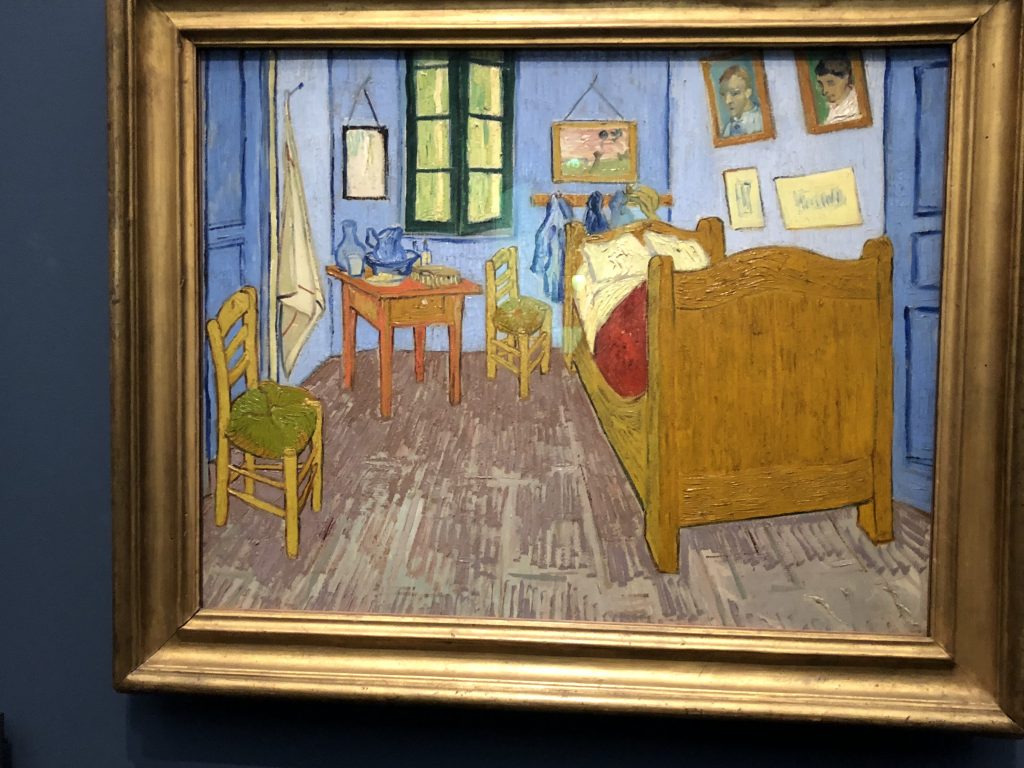
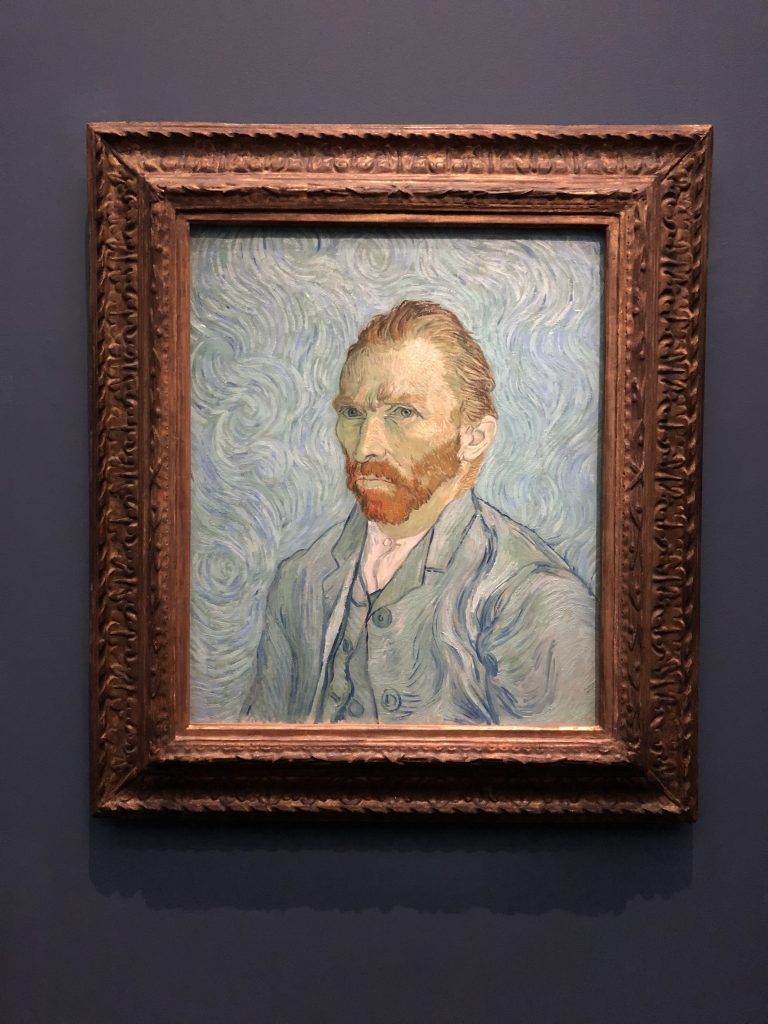
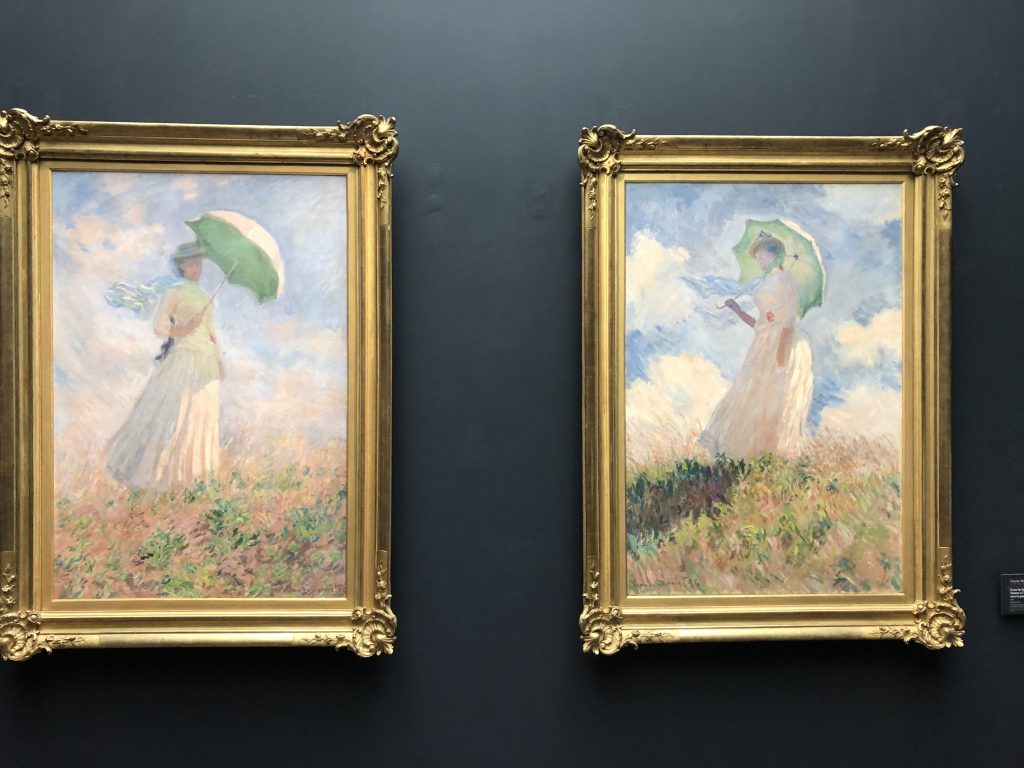
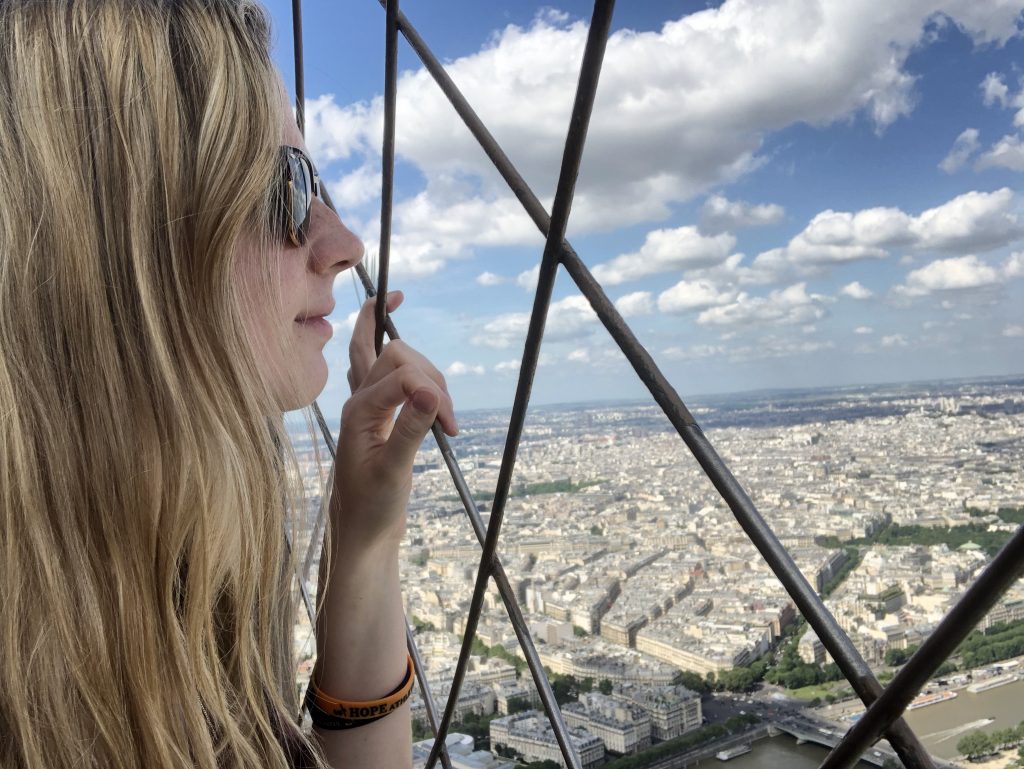
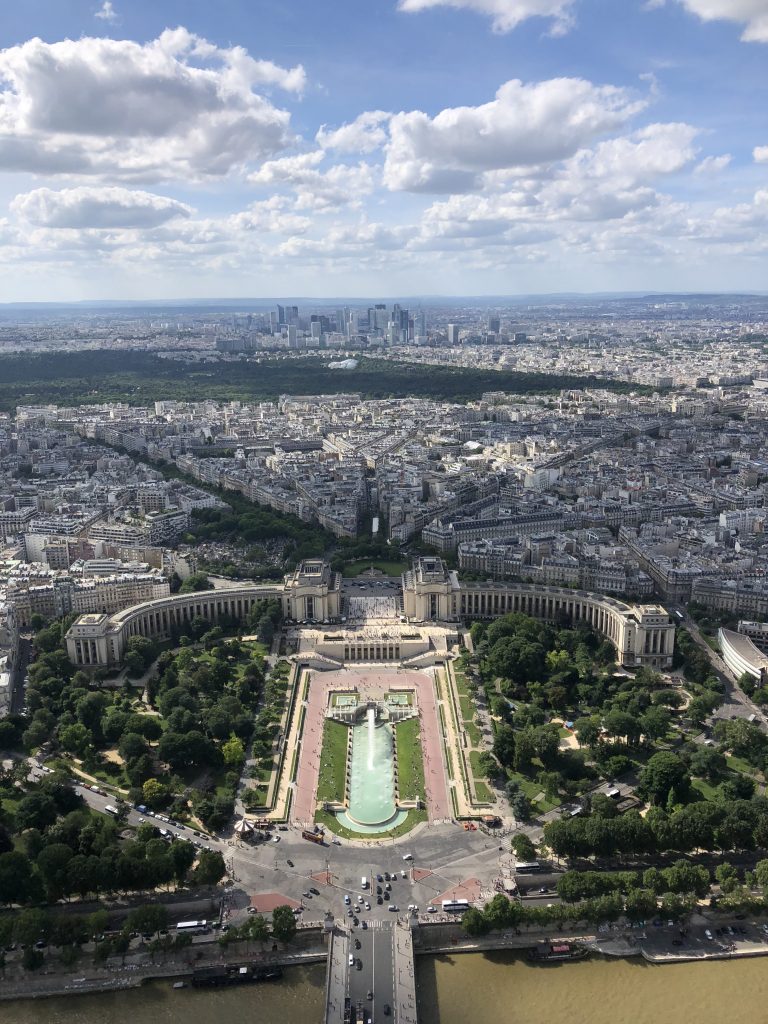
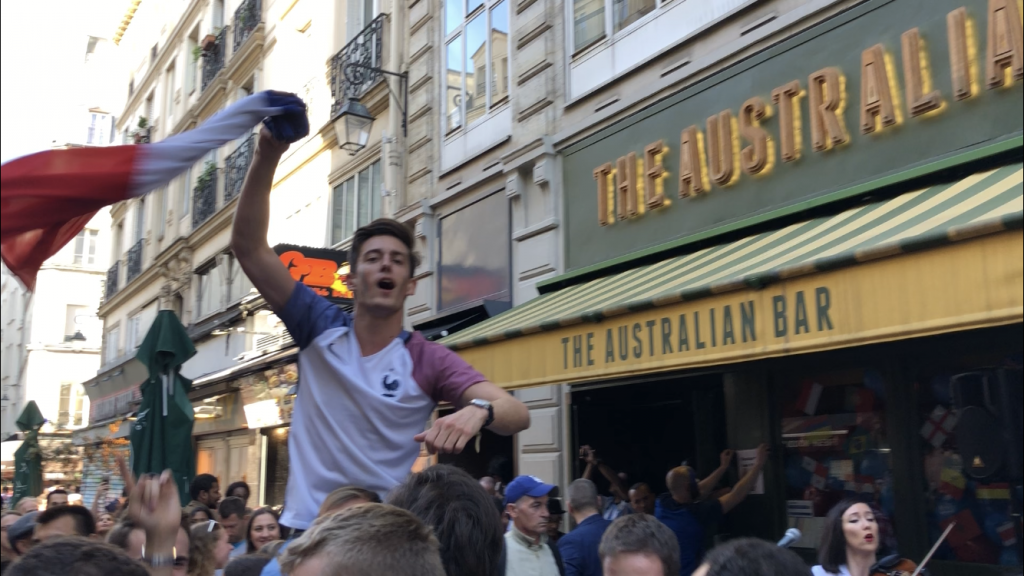



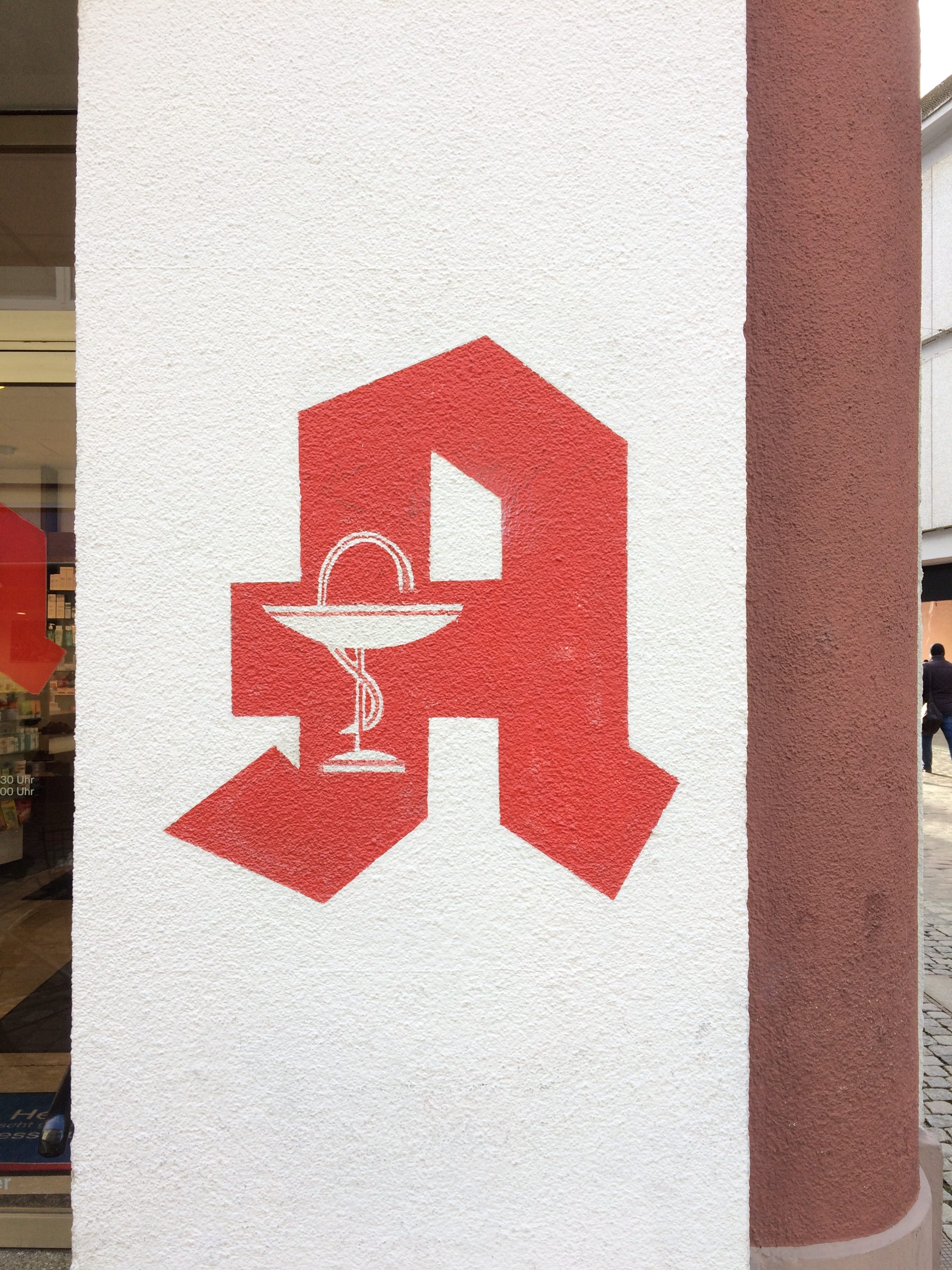
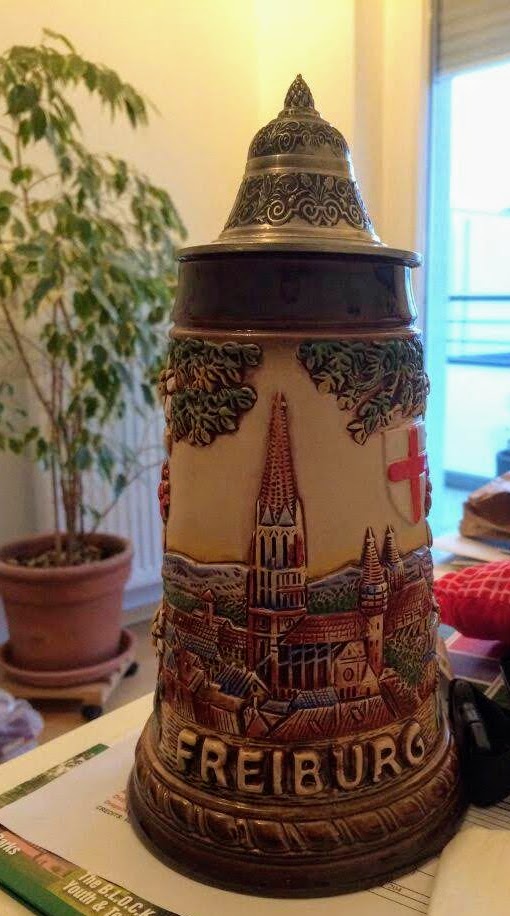



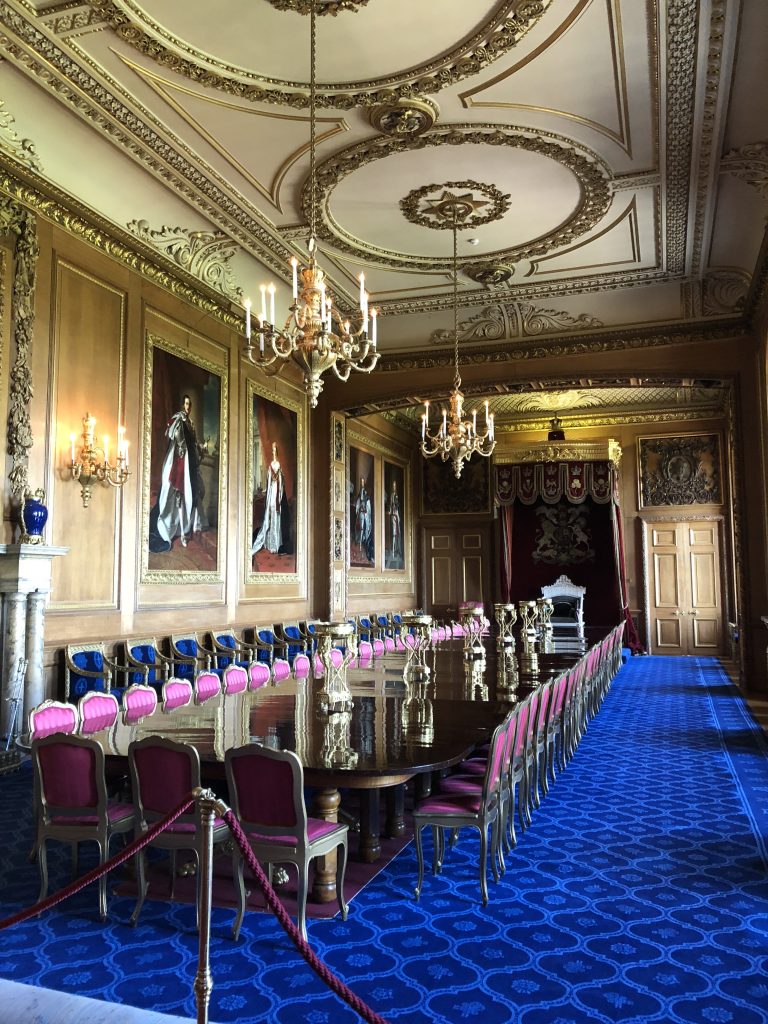

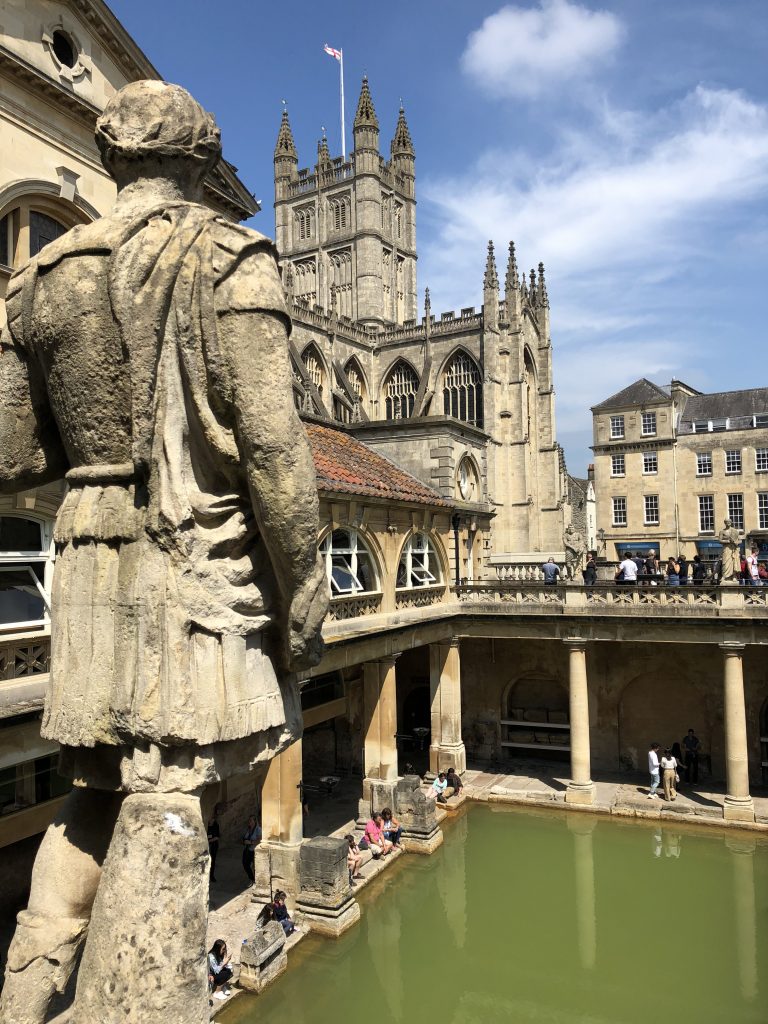
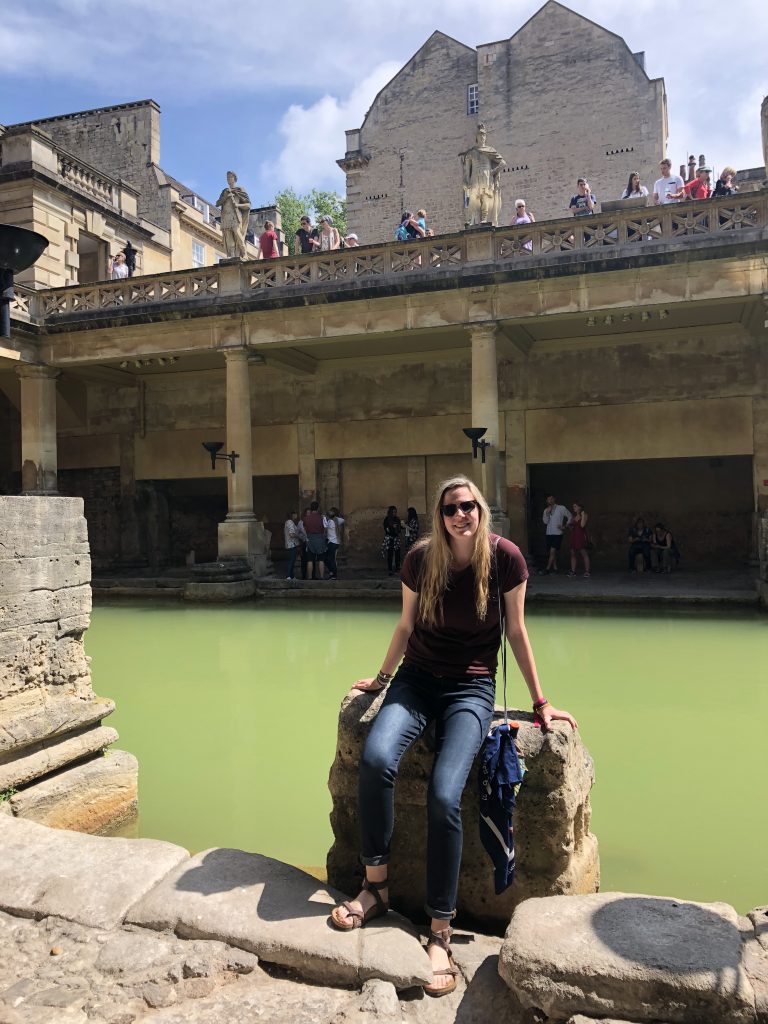
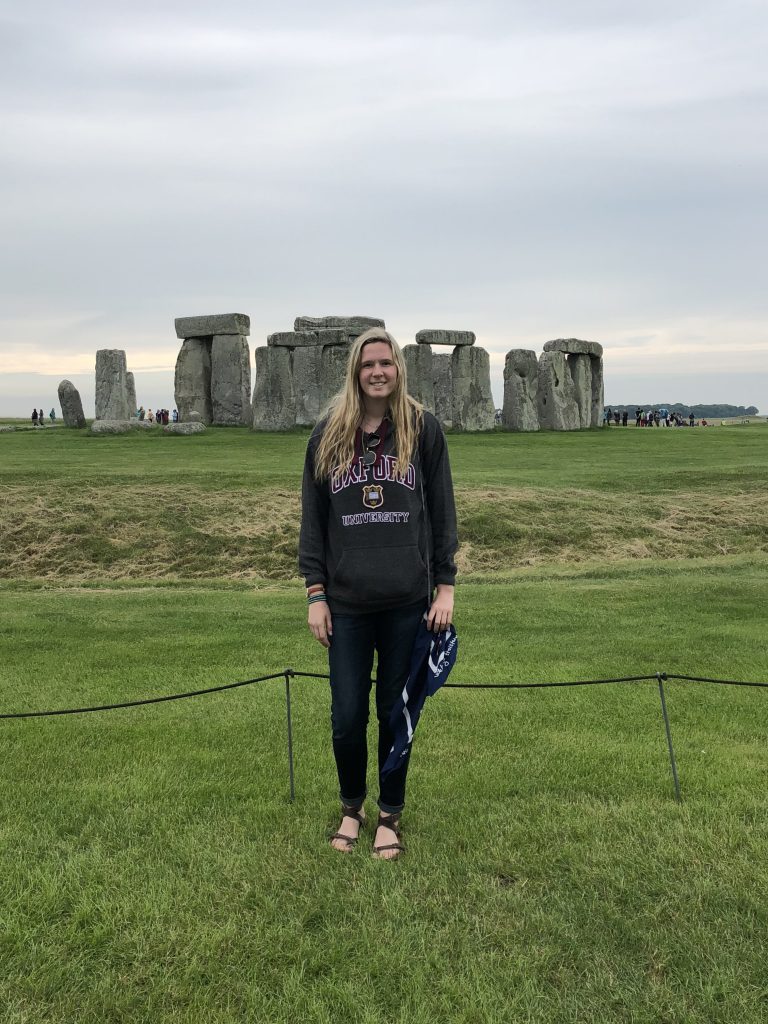
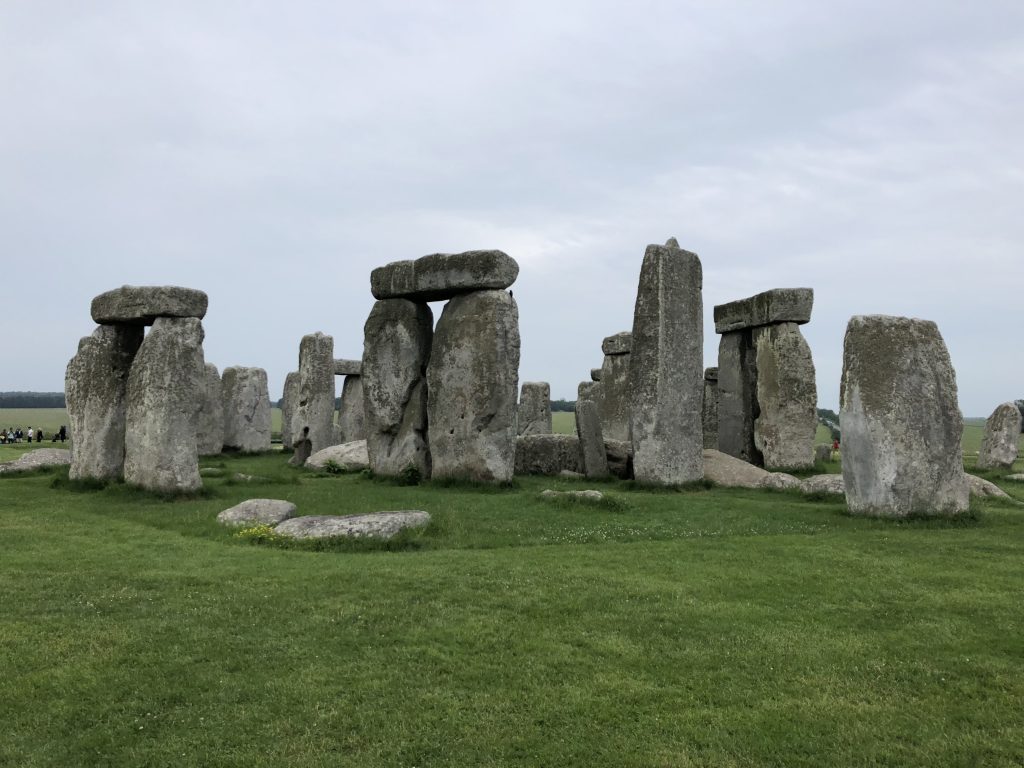
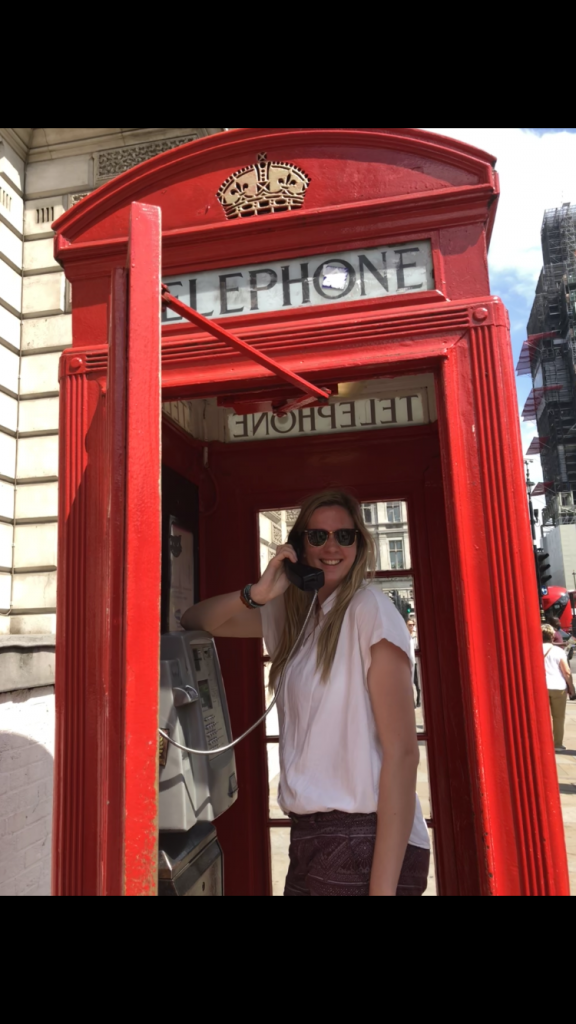
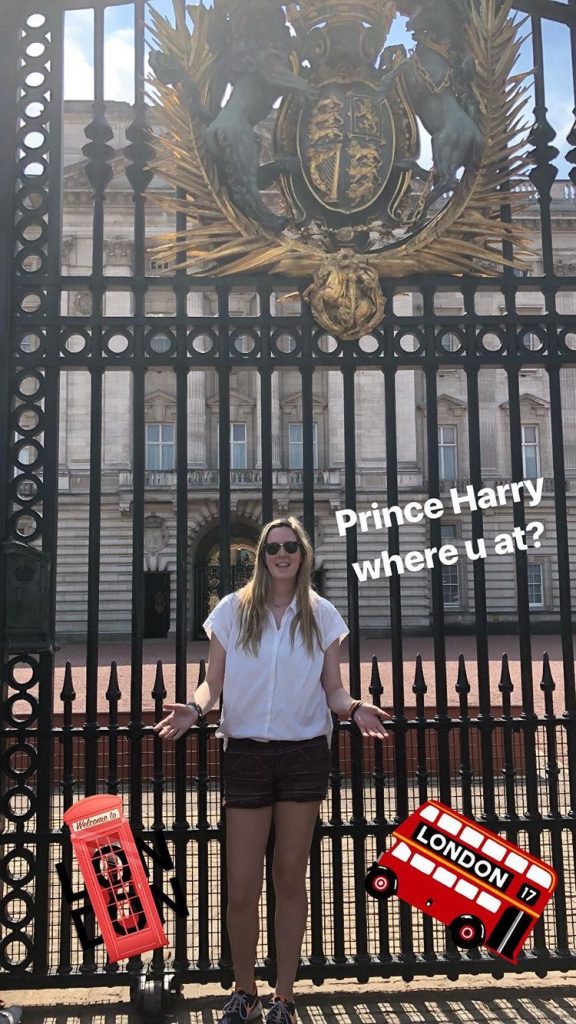
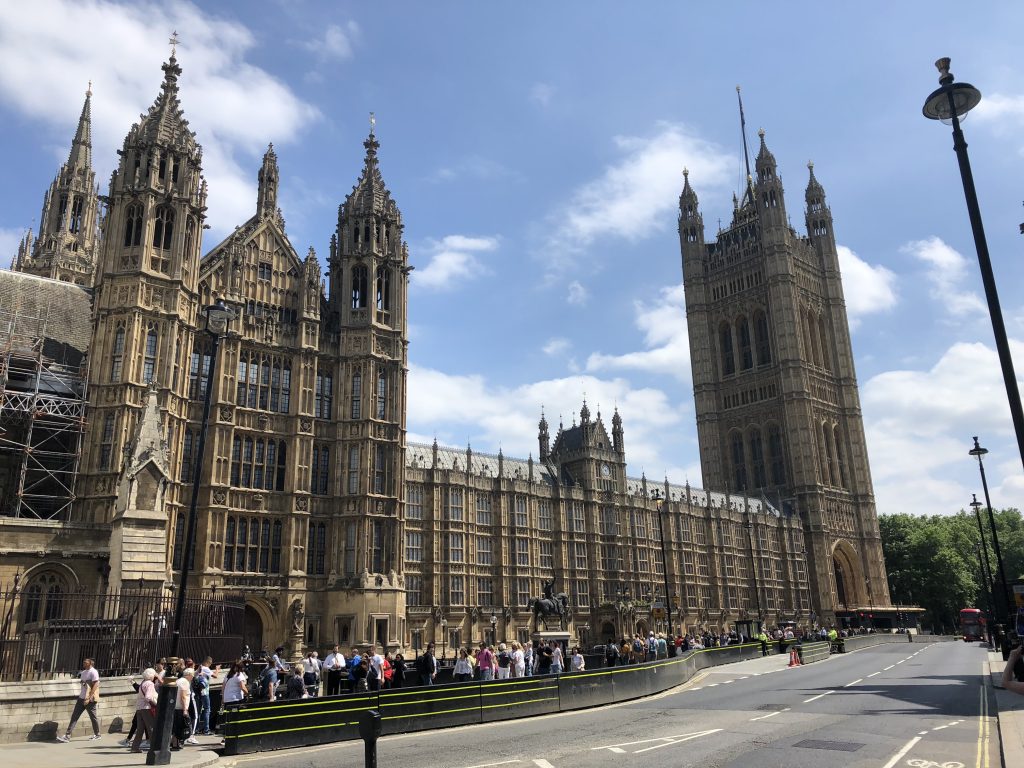
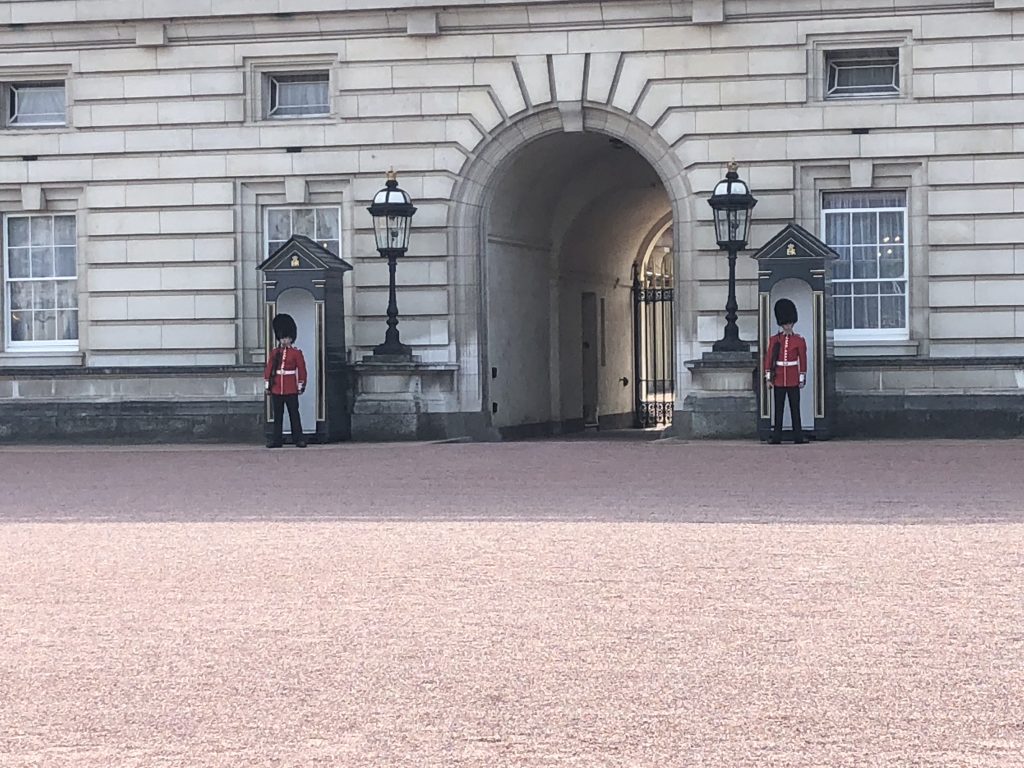
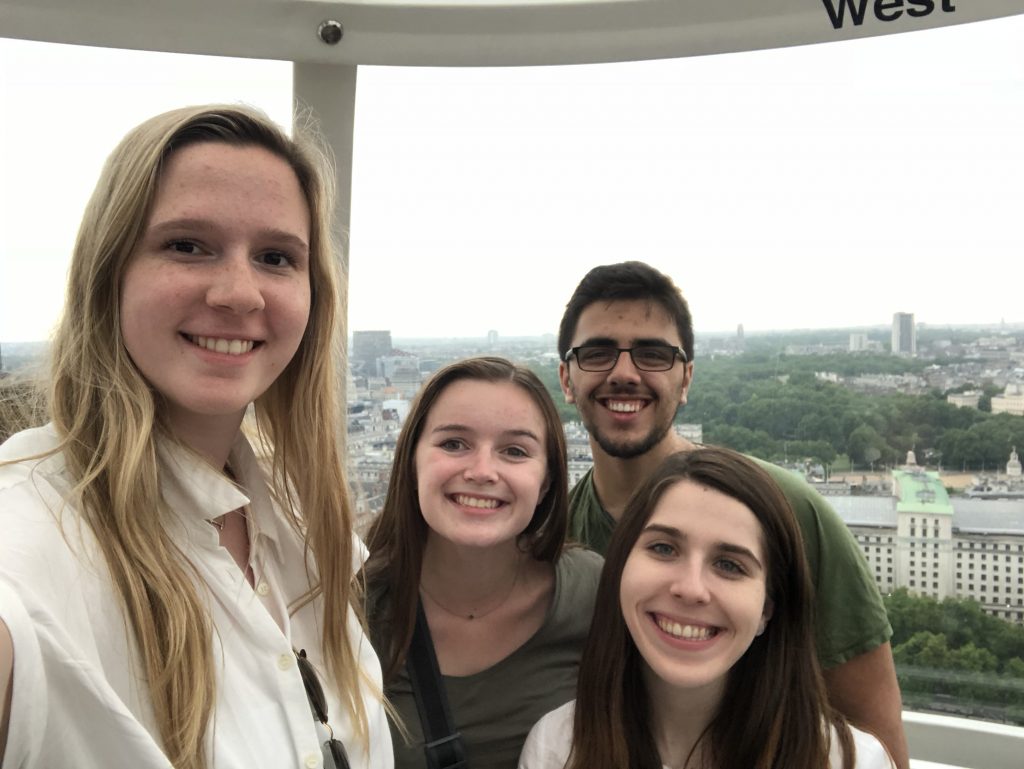
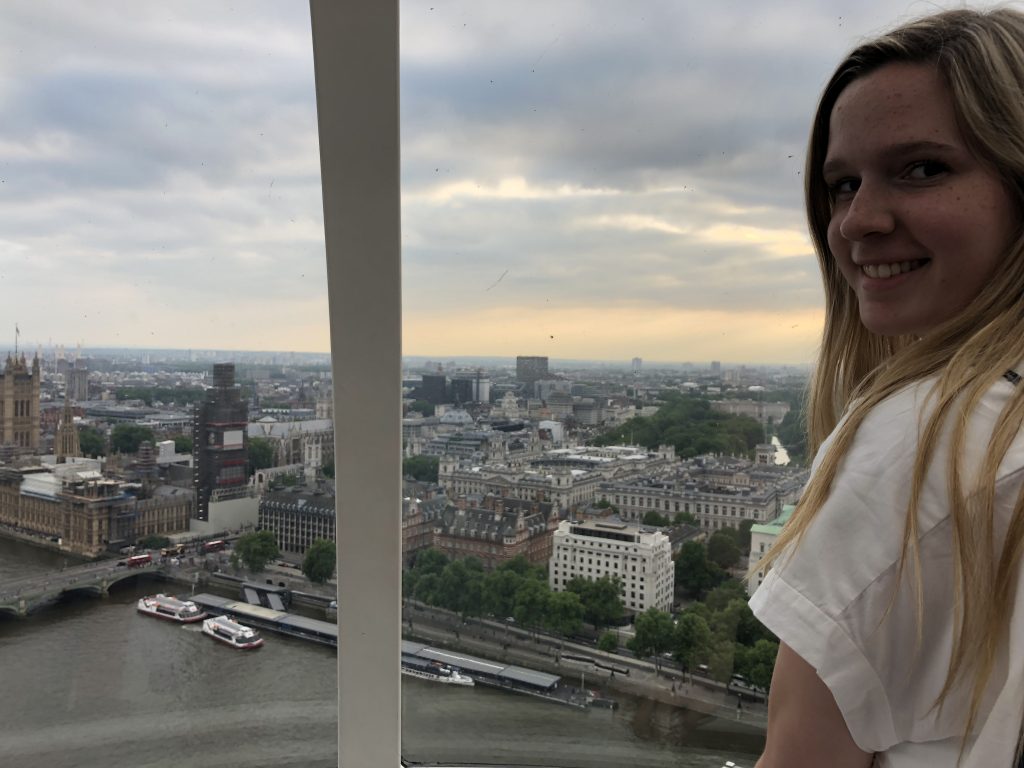
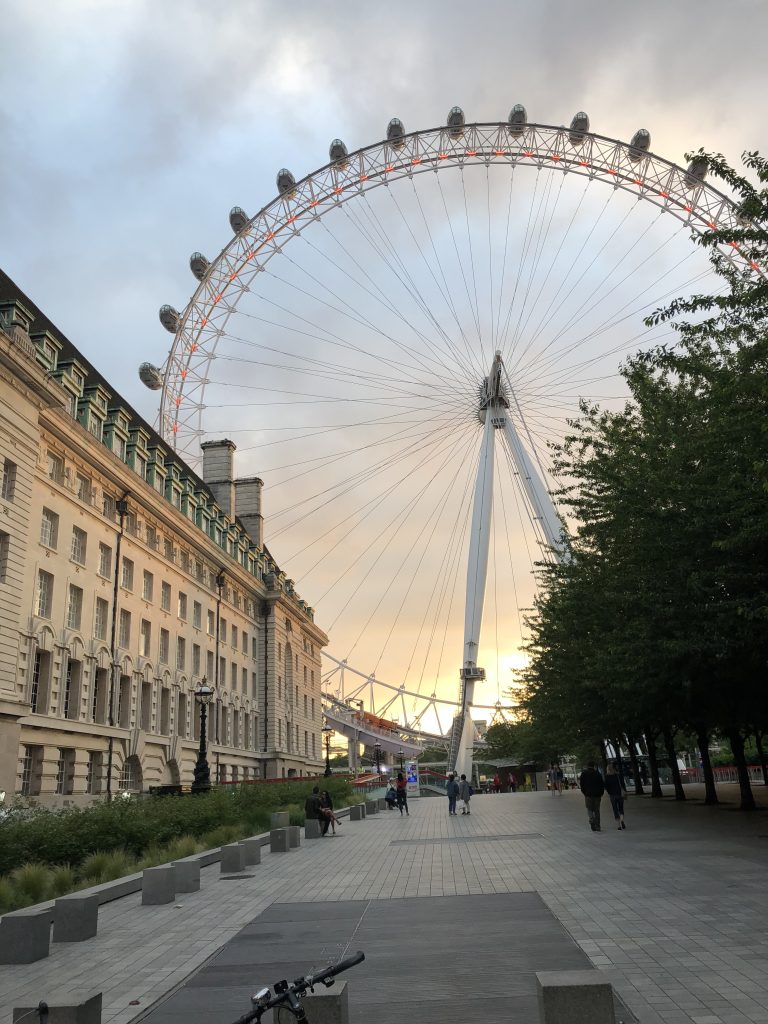
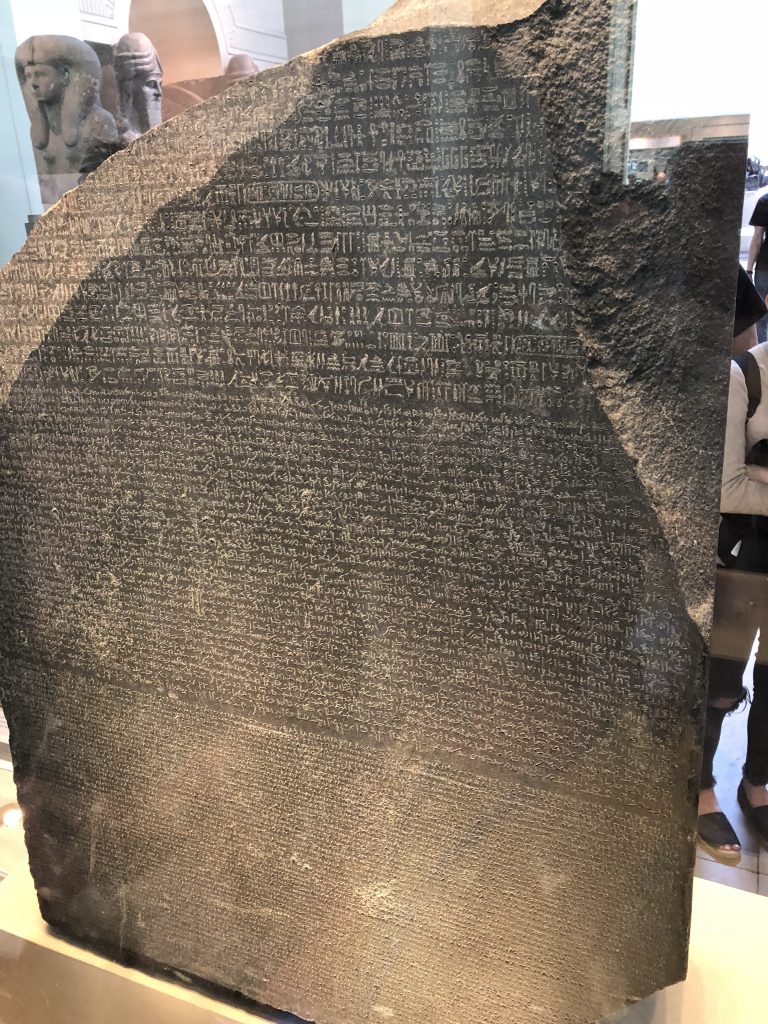

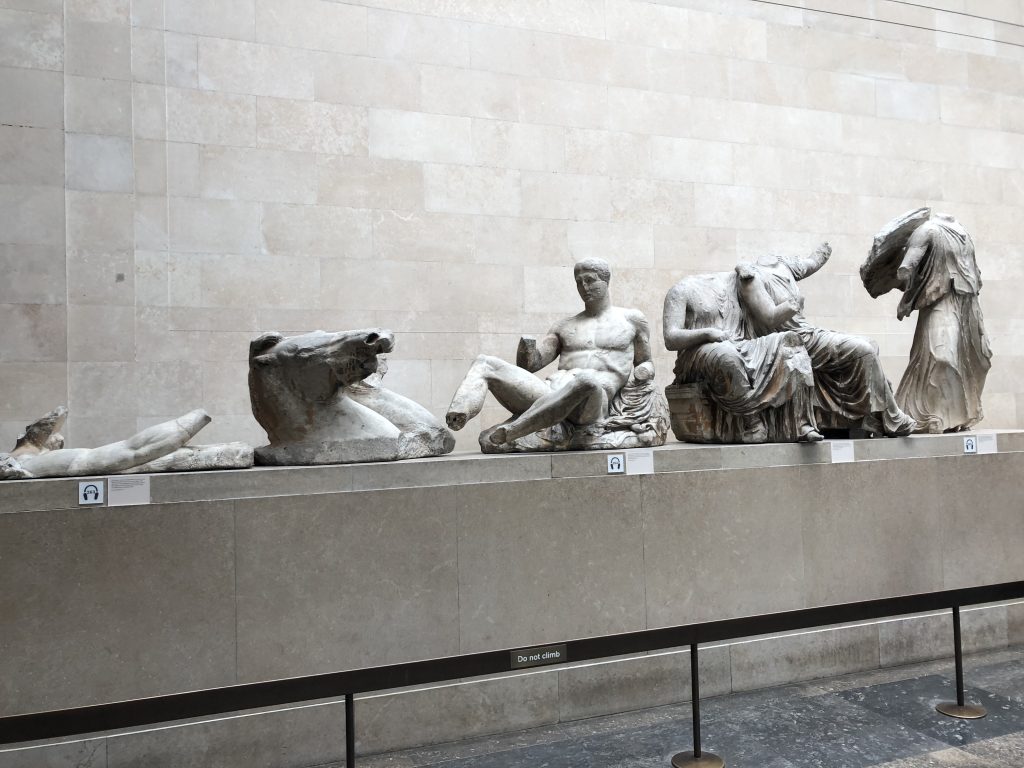



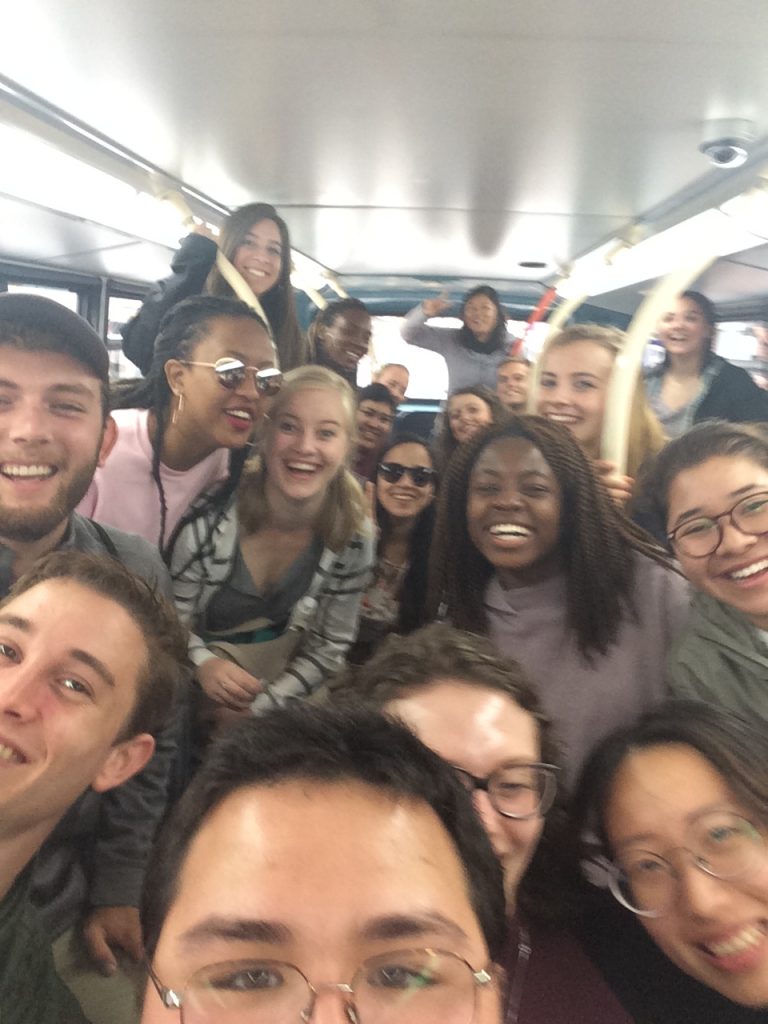

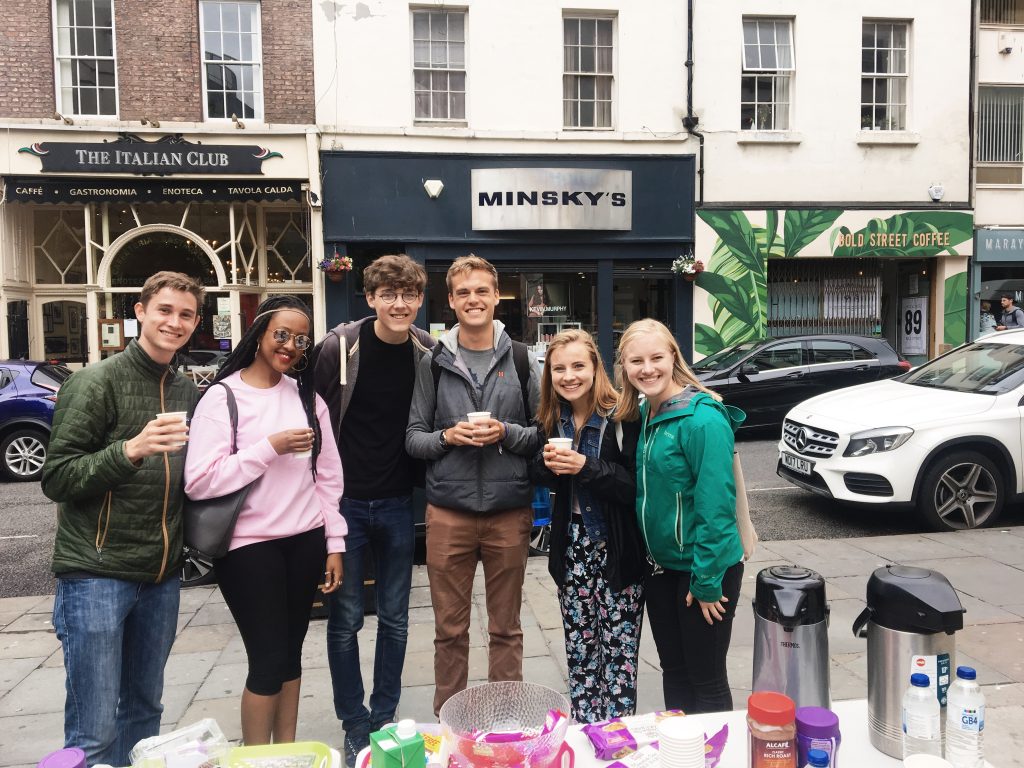

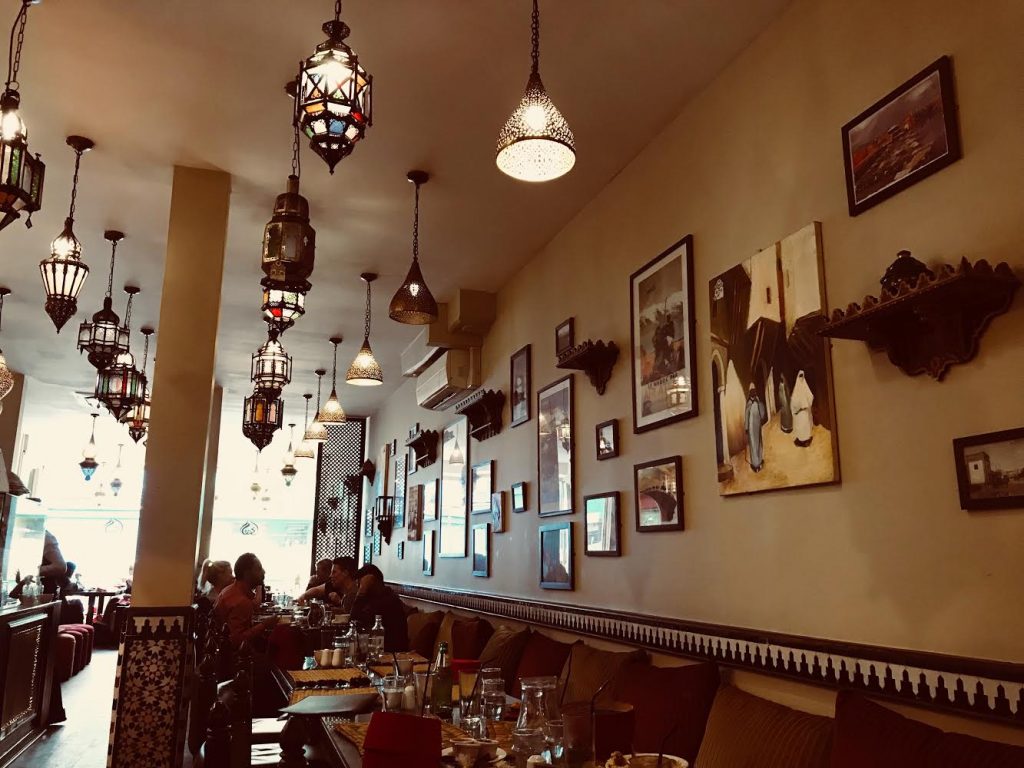

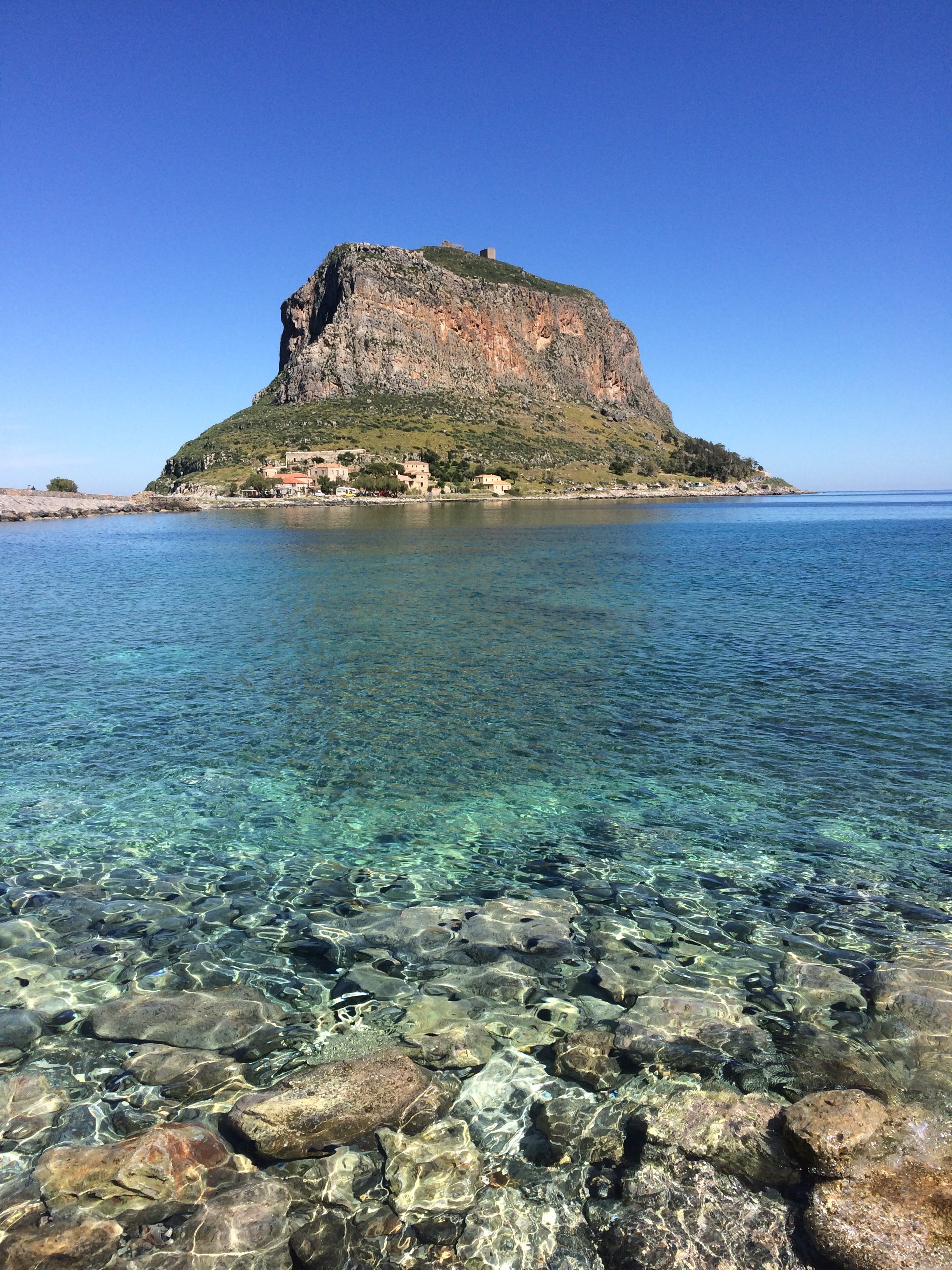




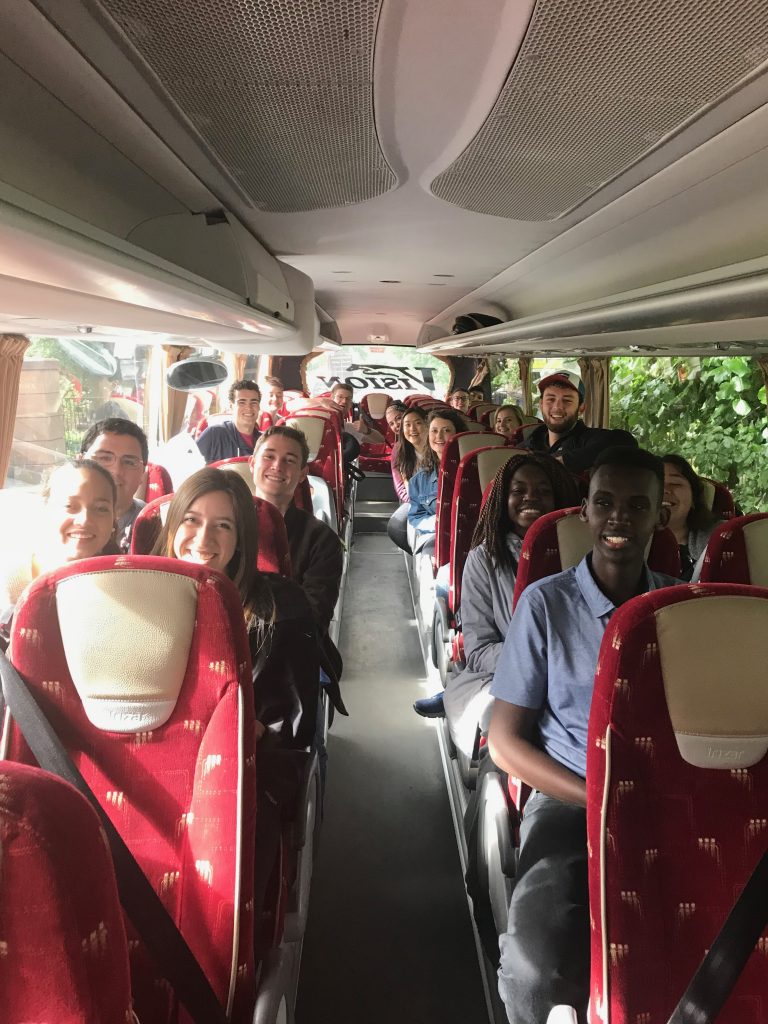
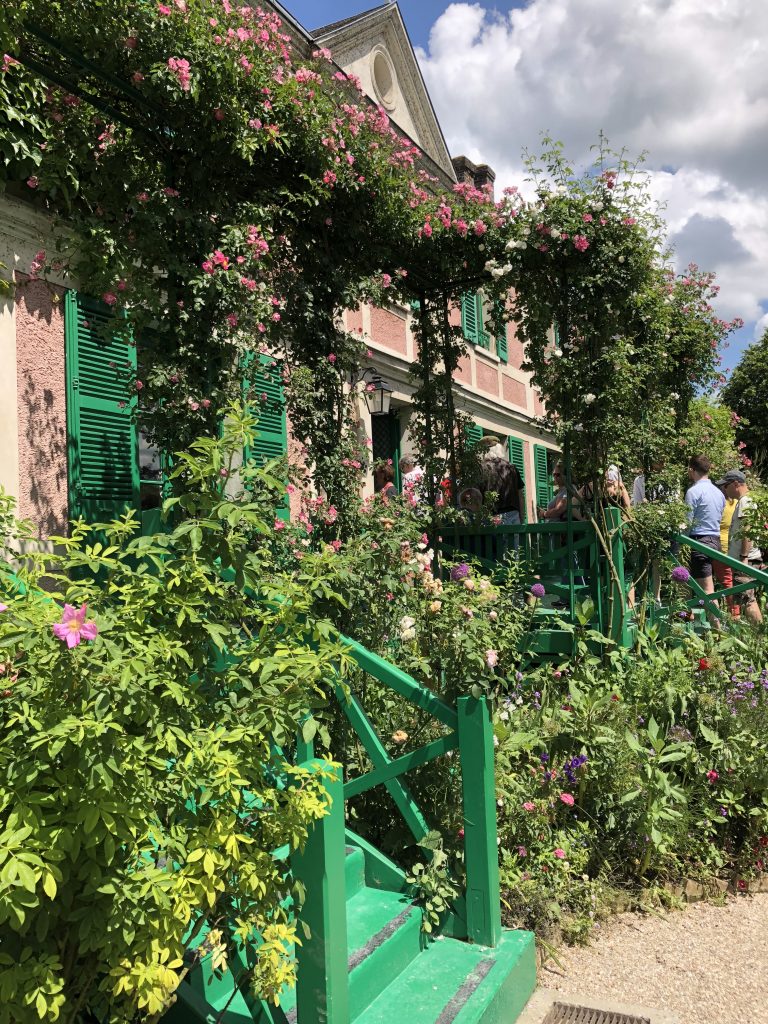
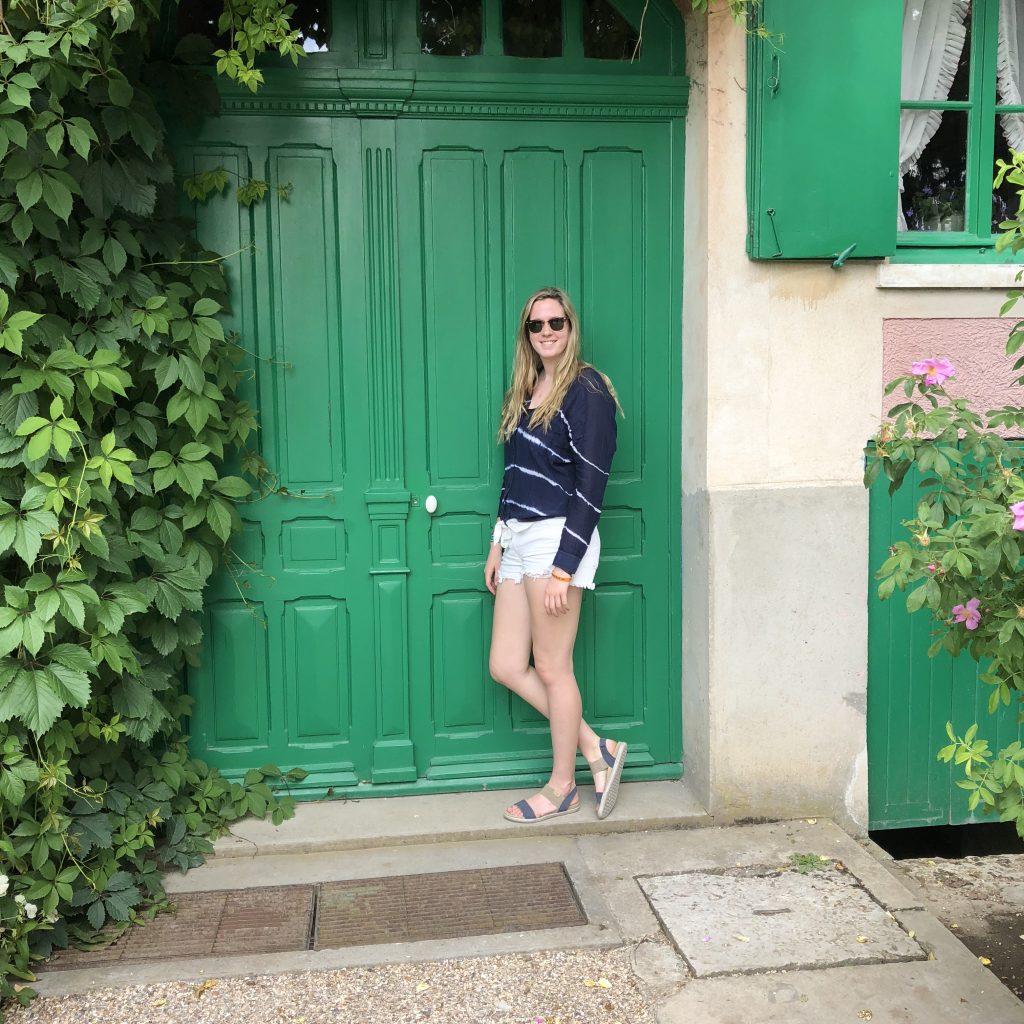
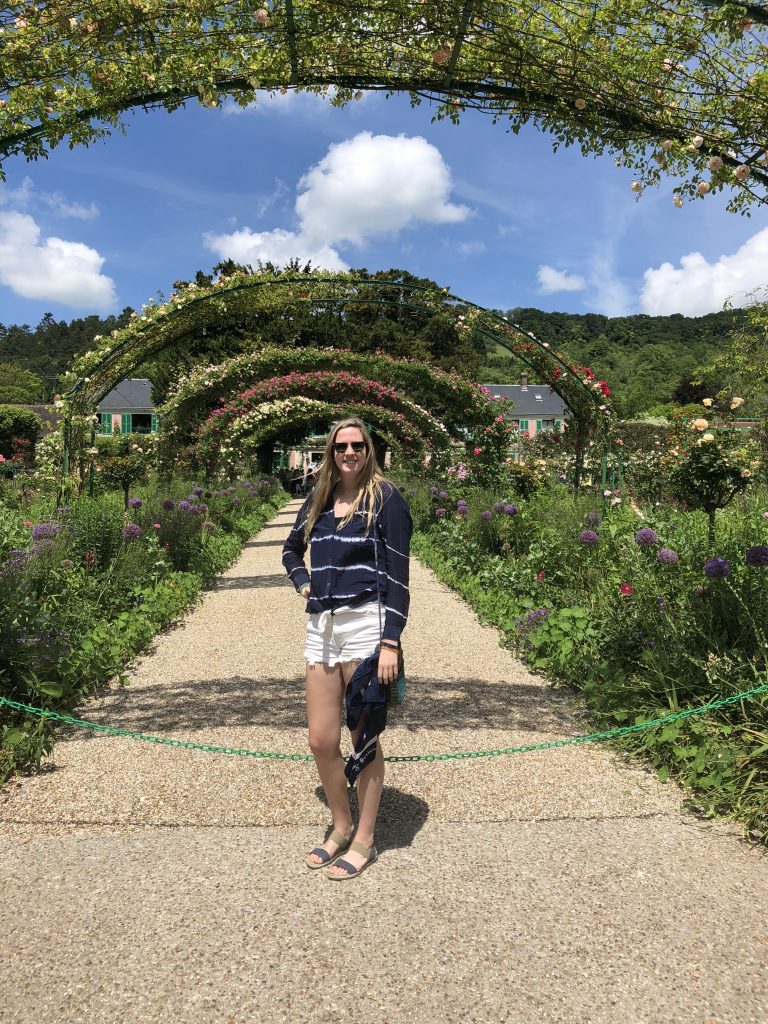
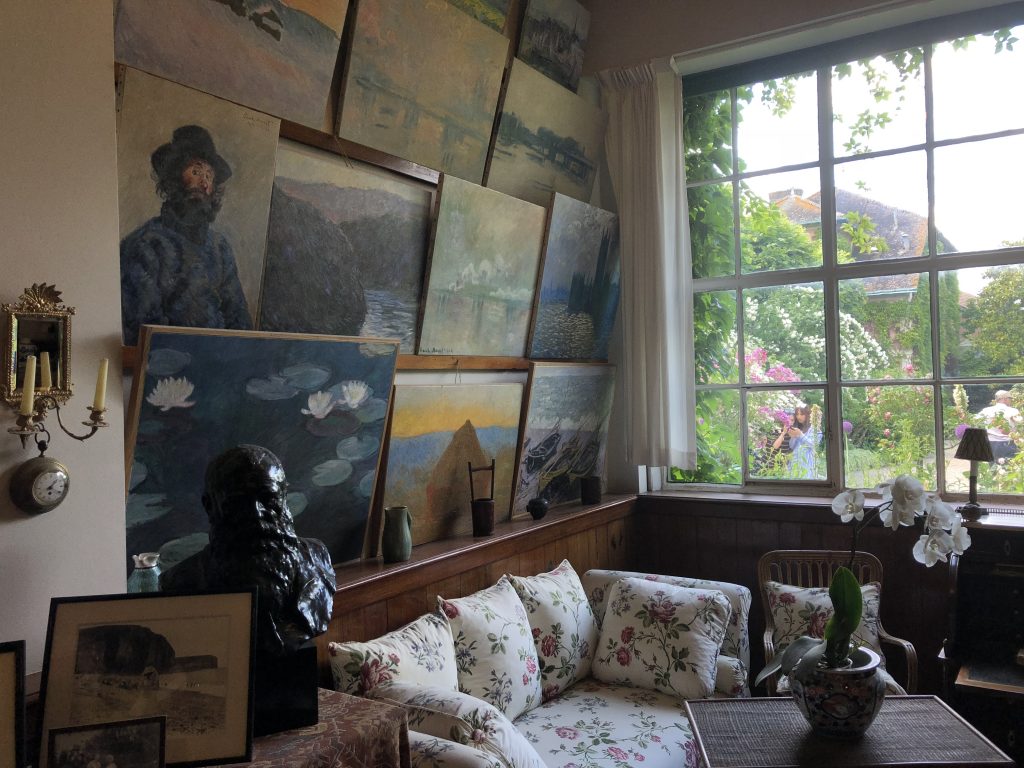
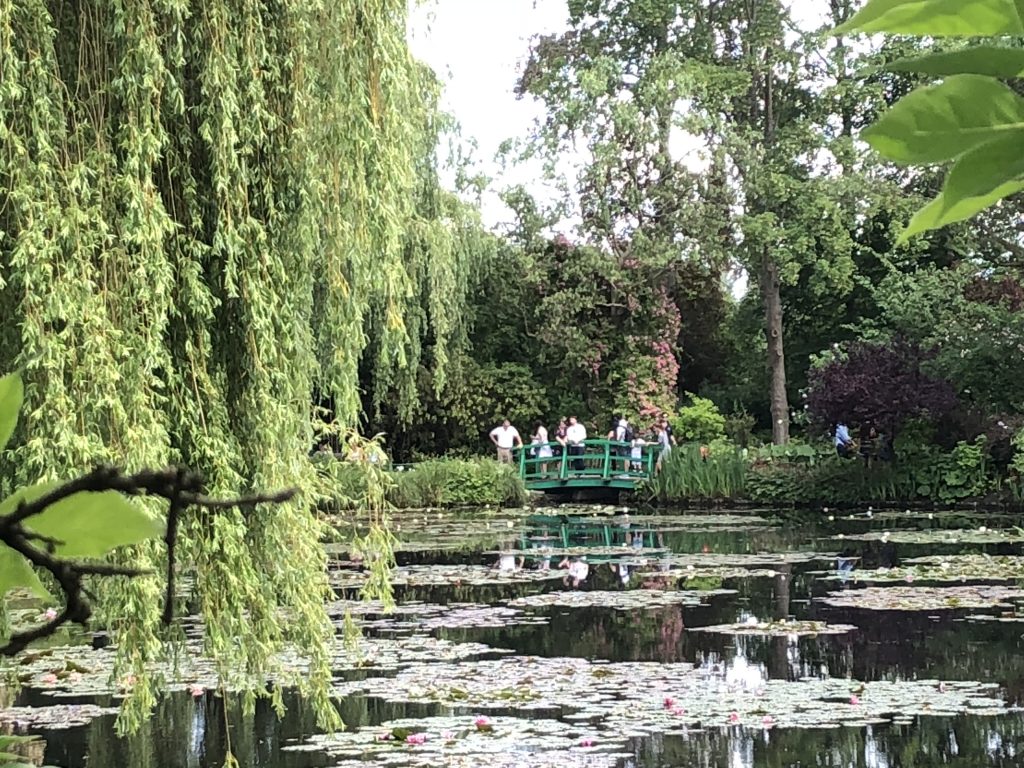
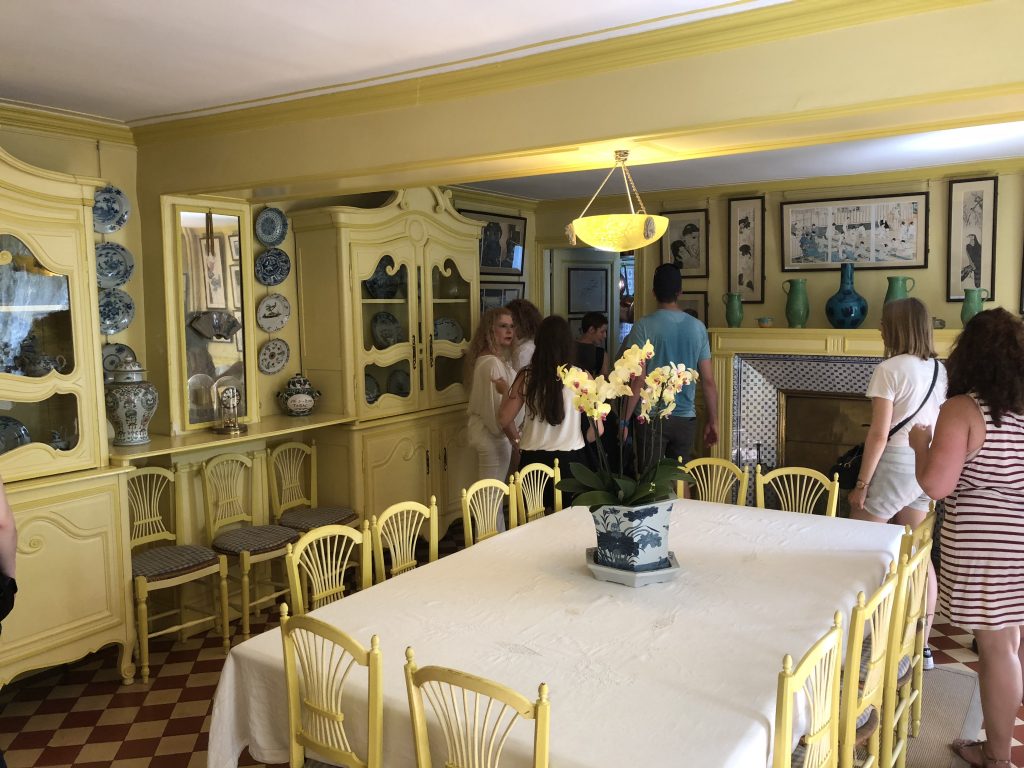
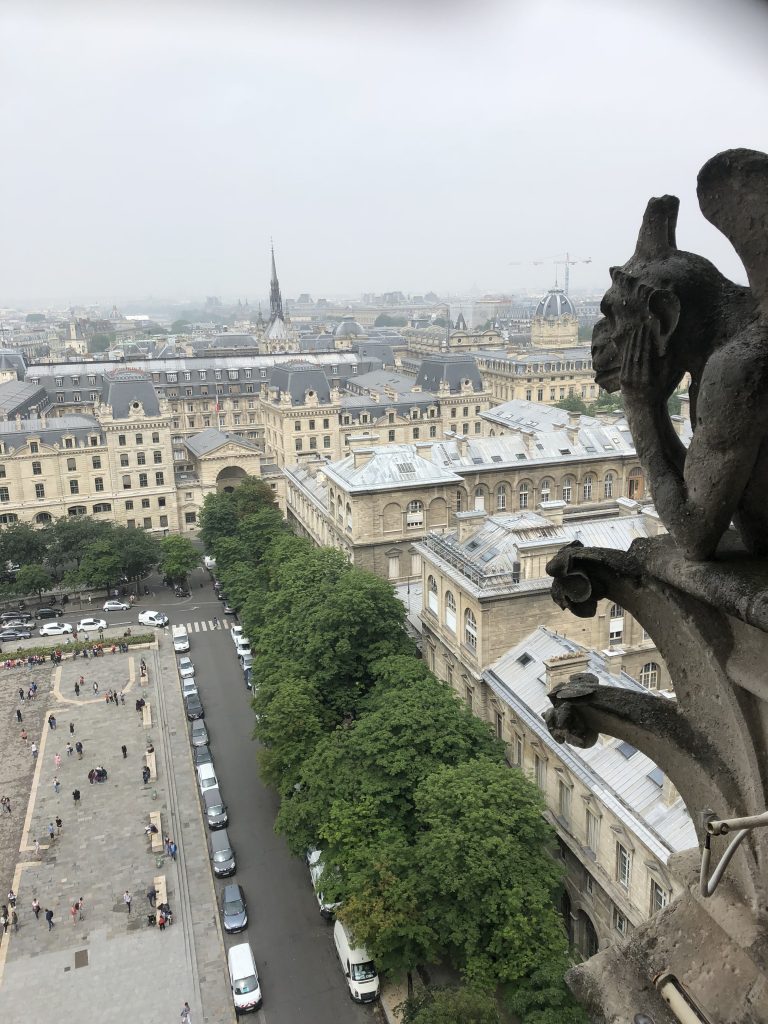
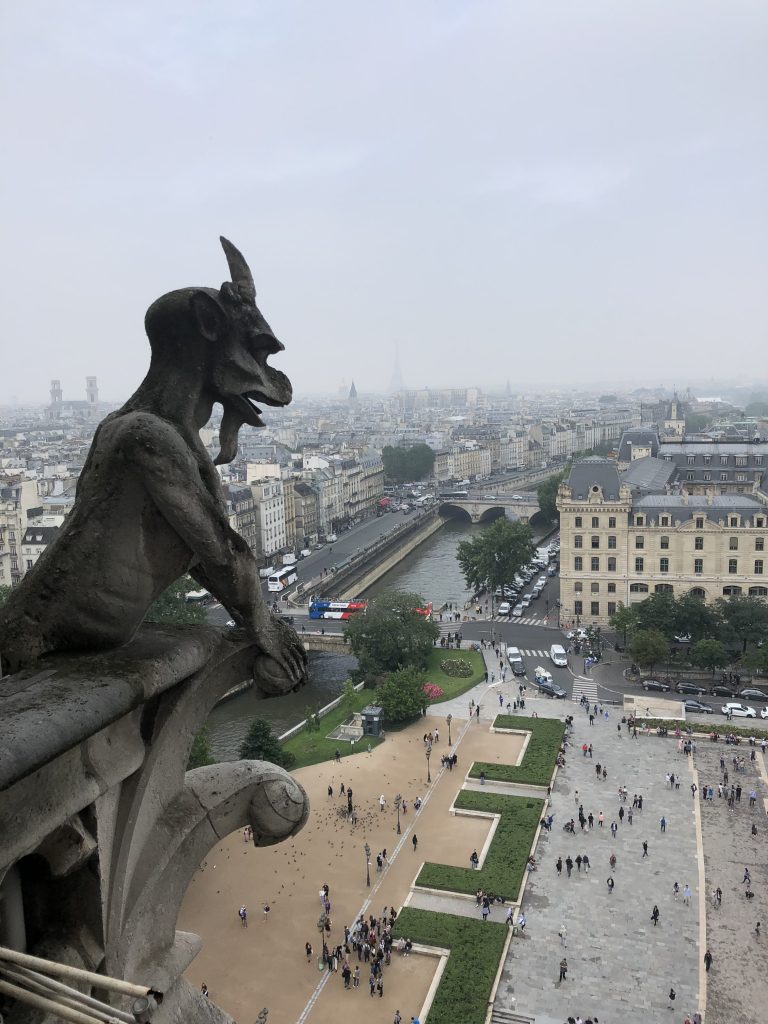
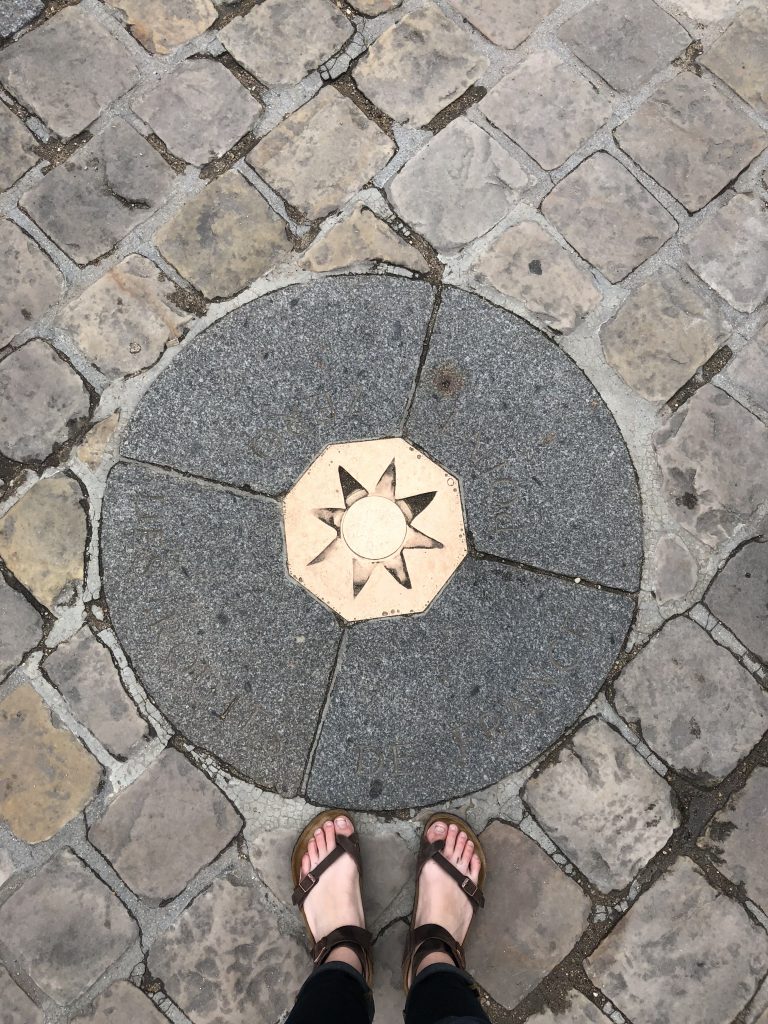
You must be logged in to post a comment.